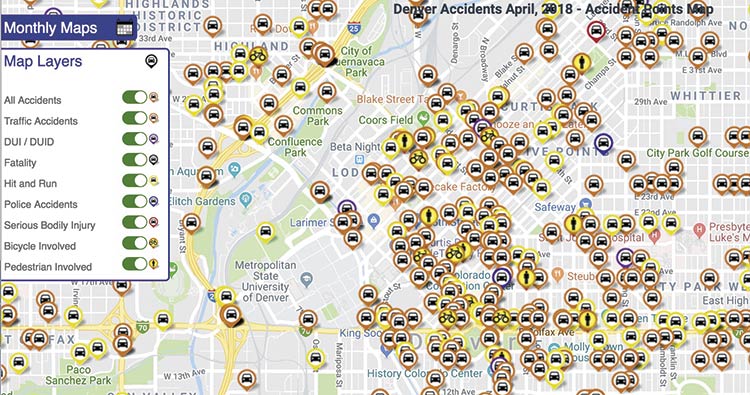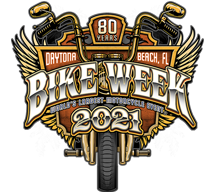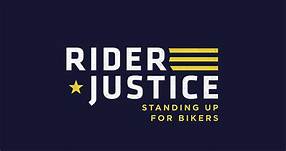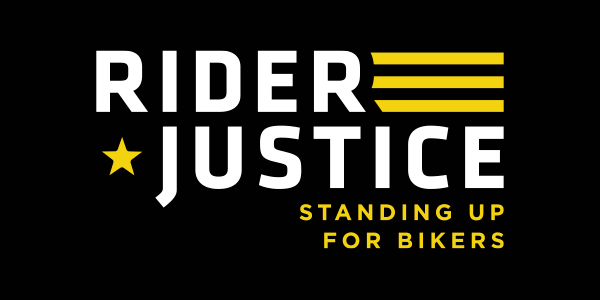 I live in Denver and I’ve lived here a long time. And, as anyone who has lived here for more than five years can attest: traffic is getting nuts! It feels like Denver’s streets are getting more dangerous by the day. But, aside from weekday morning traffic reports, it can be hard to determine how dangerous and where the accident hot-spots are. I wanted a way to view accidents in Denver by type and location so that I could make better, safer decisions about my typical travel routes.
I live in Denver and I’ve lived here a long time. And, as anyone who has lived here for more than five years can attest: traffic is getting nuts! It feels like Denver’s streets are getting more dangerous by the day. But, aside from weekday morning traffic reports, it can be hard to determine how dangerous and where the accident hot-spots are. I wanted a way to view accidents in Denver by type and location so that I could make better, safer decisions about my typical travel routes.

Scott O’Sullivan
One of my particular goals was to monitor how unsafe our roads are for motorcyclists because I see too many victims of motorcycle accidents. I believe that the more we know about Denver traffic and the kinds of accidents occurring on our streets, the safer we can make the roads for everyone.
As luck would have it, my brother-in-law, Andrew Russette, is a super data nerd (he won’t mind me calling him that) and he said he knew a way that we could map Denver’s accidents!
Using the Denver Open Data Catalog, Andy was able to access accident statistics that the city of Denver updates every night. Andy began working diligently on a program that could pull data from the Denver Open Data Catalog and use it to illustrate the story of Denver’s accidents on a map. Over the course of this process, we had to make some decisions about how to share the data.
As the data becomes more refined, I plan to extract motorcycle accidents, as well. For now, you can assume that any intersection showing multiple accidents on the map is unsafe for motorcyclists.
For example:
The Denver Open Data Catalog includes traffic accident data from police records for the city of Denver. Categories include:
- traffic accident (no injuries);
- traffic accident DUI or DUID;
- traffic accident with a fatality;
- hit and run;
- traffic accident involving police vehicles;
- traffic accident involving serious bodily injury;
- traffic accident involving a bicycle; and
- traffic accident involving pedestrians.
However…
- Denver does not break traffic accidents into subcategories of vehicle type. For example, a motorcycle crashing into a pole would be classified as a traffic accident.
And…
- The hit and run data from Denver does not delineate whether the car hits another car or a motorcycle.
Therefore, in making our own priorities for our map, we specifically extracted data including pedestrians or bicyclists so that we could make them their own categories. We wanted to know where people are getting hit on Denver’s streets. Therefore, if any type of accident involved a pedestrian, for example, it shows up on the map as “Pedestrian Involved.”
As the data becomes more refined, I plan to extract motorcycle accidents, as well. For now, you can assume that any intersection showing multiple accidents on the map is unsafe for motorcyclists. Take caution when using these routes!
The result is a very dynamic, interactive map that allows you to drill down by month (within the last 12 months) and all the way down to the intersection closest to where you live. I’m telling you, this map is startling. For example, within days of the Denver Accident Map going live, I learned that Denver is experiencing way more hit-and-run accidents than I previously thought. And I’m a Denver personal injury attorney! I thought I was pretty dialed-in!
During our discussions about how to use and distribute this map, Andrew and I realized that it could ultimately become quite a hot commodity for local safety organizations, news media, and others. To be frank, I realized that it would be easy to earn an income from this map or limit access to just a few “partners.” But those actions would go against the very nature of why we created it in the first place: I want to help Denver residents be safer and I want Denver to be a safer place to live.
So, the map is easy to use, free and accessible to all, which also maintains the philosophy behind the Open Data Movement.
Bottom line: We knew that Denver’s accident data could be used to inform people and, ultimately, to make our streets safer. We hope you enjoy using it and we’d love your feedback.
Try the map here:
https://osullivan-law-firm.com/denver-accident-map/
https://OSullivan-Law-Firm.com
www.Facebook.com/OSullivanLawFirm






